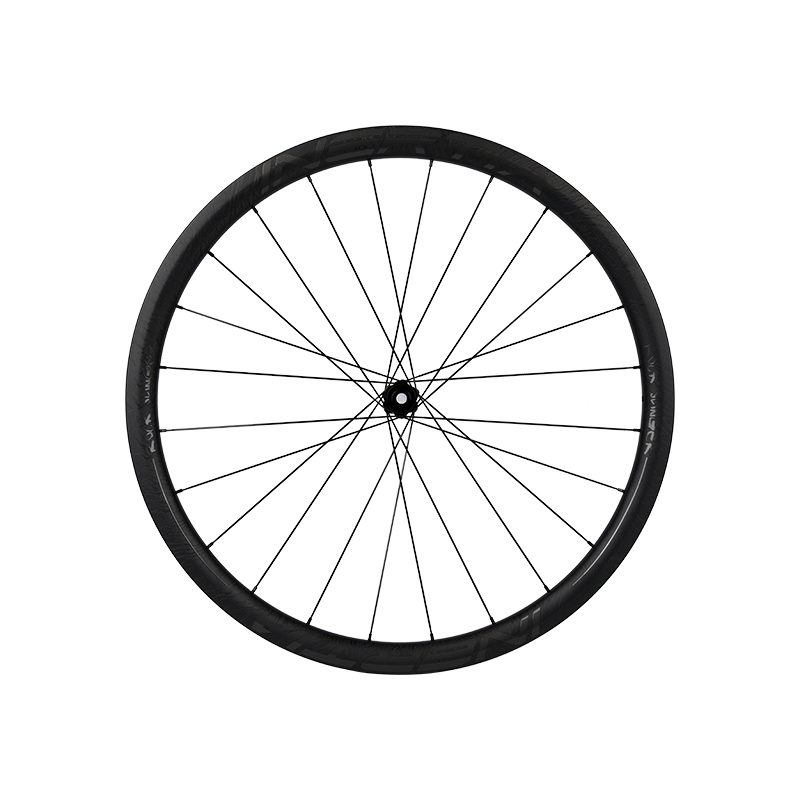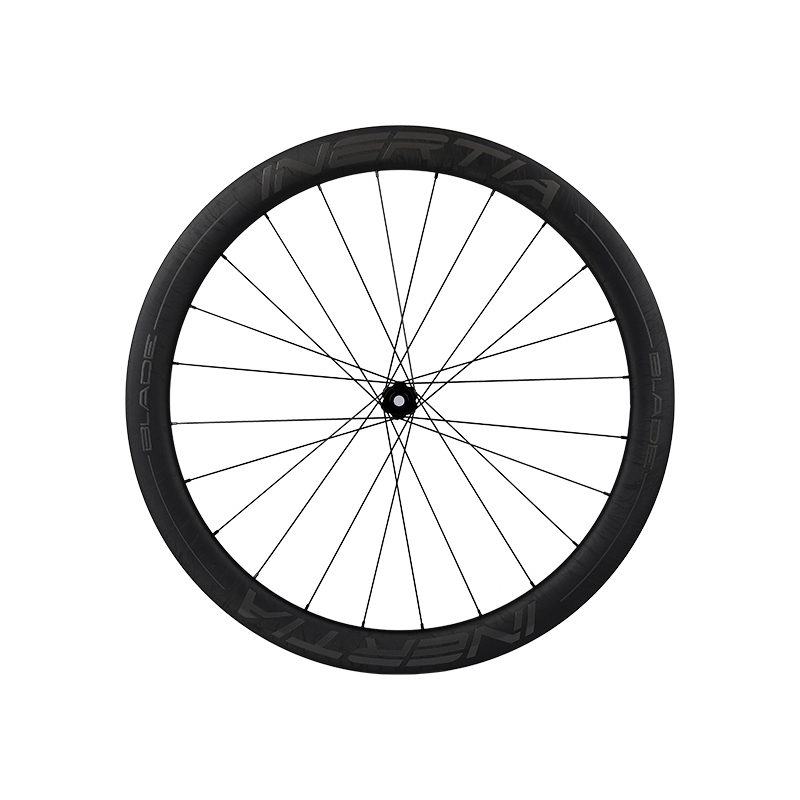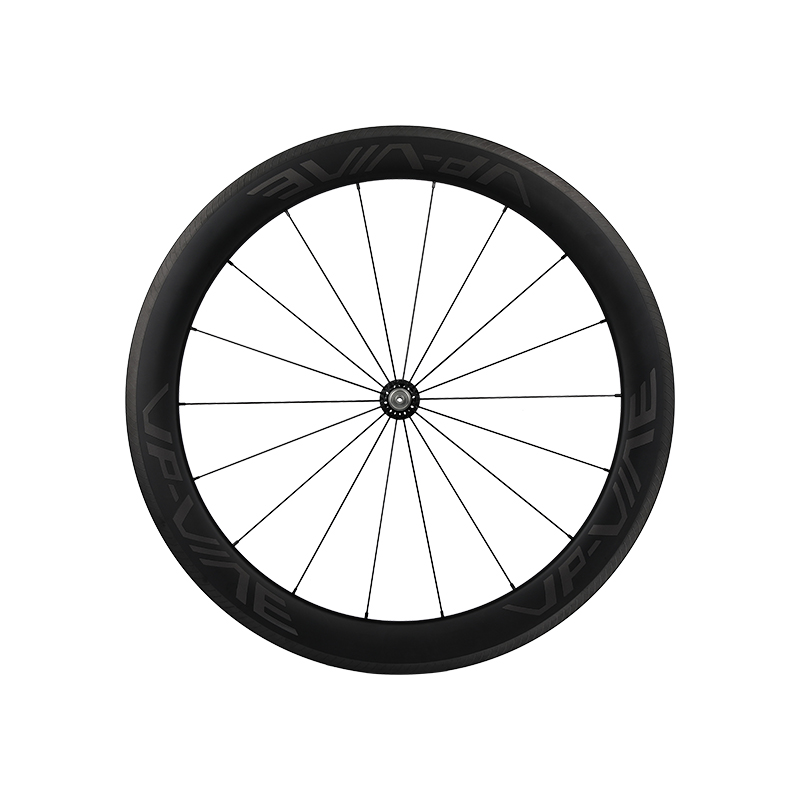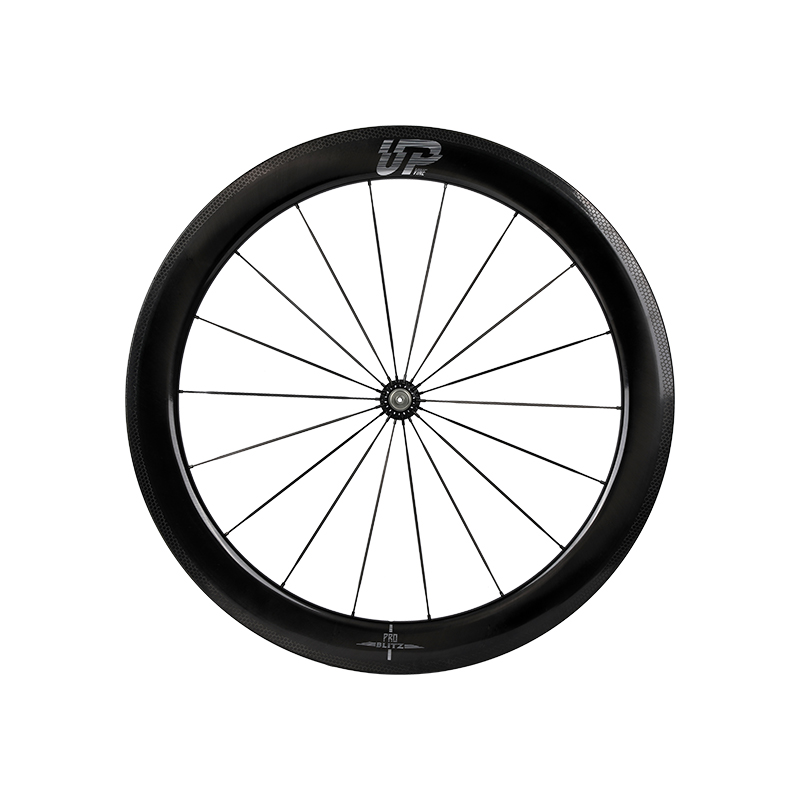Rotational Inertia: The distribution of mass affects the rotational inertia of the wheel. Rotational inertia is a measure of an object's resistance to changes in its rotational motion. The farther the mass is from the center of rotation (axle), the greater the rotational inertia. A wheel with more mass distributed towards its rim will have higher rotational inertia compared to one with the mass concentrated near the hub.
Acceleration and Deceleration: Wheels with more mass towards the rim will have higher rotational inertia, making them harder to accelerate and decelerate. This means that it requires more effort from the cyclist to start moving the wheel and to slow it down. Conversely, wheels with mass concentrated near the hub will have lower rotational inertia, making them easier to accelerate and decelerate.

Handling and Maneuverability: The distribution of mass also affects the handling and maneuverability of the bicycle. Bicycle Inertia Wheels with more mass towards the rim will have greater gyroscopic effect, which can enhance stability at high speeds but may also make the bike feel less responsive to steering inputs. Conversely, wheels with mass concentrated near the hub will have less gyroscopic effect, resulting in quicker and more responsive handling.
Impact on Ride Quality: The distribution of mass can influence the ride quality of the bicycle. Wheels with more mass towards the rim may provide better stability over rough terrain and at high speeds, as they tend to maintain momentum more effectively. However, they may also transmit more vibrations and impacts from the road surface to the rider. Wheels with mass concentrated near the hub may offer a smoother ride due to their lower rotational inertia.
Overall Performance: The ideal distribution of mass in an inertia wheel depends on the specific requirements of the cyclist and the intended use of the bicycle. For example, in disciplines requiring quick acceleration and agility, such as criterium racing or mountain biking, wheels with lower rotational inertia are often preferred. In contrast, for time trials or triathlons where maintaining high speeds is crucial, wheels with higher rotational inertia may be advantageous.
In summary, the distribution of mass in an Bicycle Inertia Wheels plays a crucial role in determining its performance characteristics, including acceleration, handling, ride quality, and overall suitability for different cycling disciplines. Cyclists may choose wheels with specific mass distributions based on their individual preferences and the demands of their riding style or competitive goals.



 Español
Español













